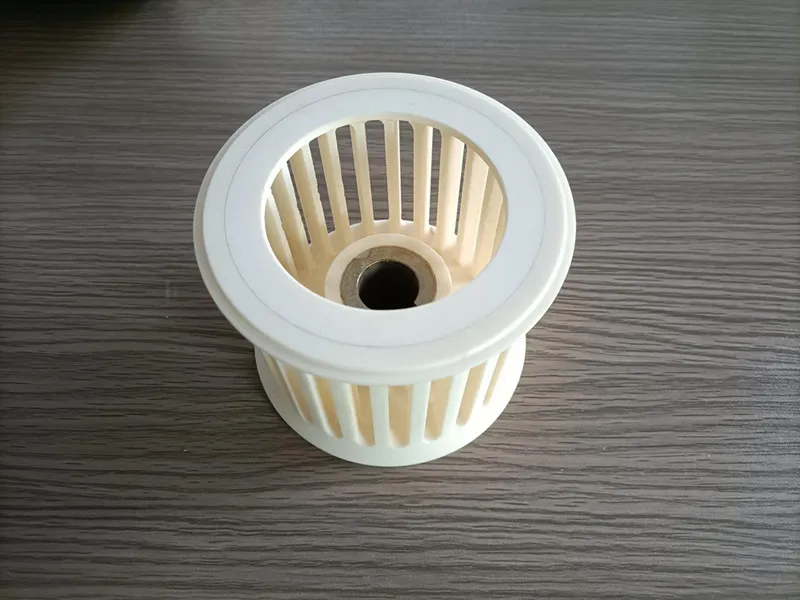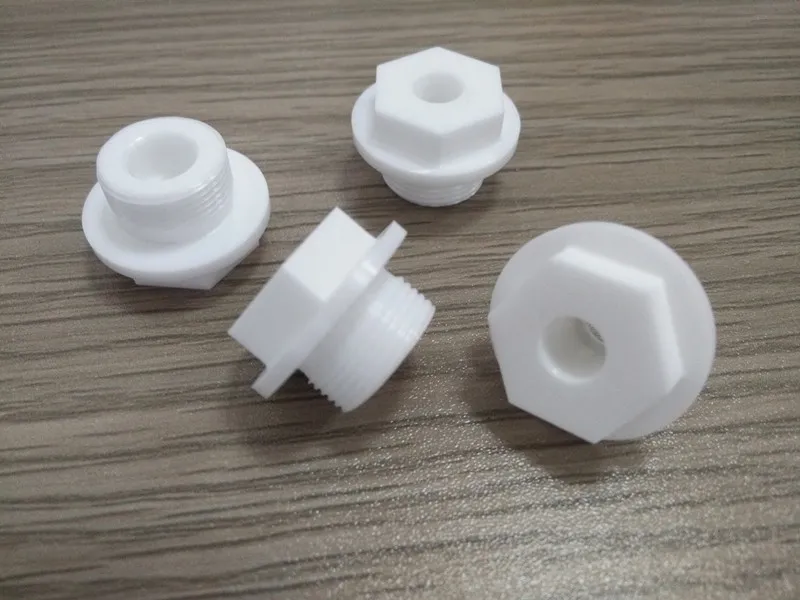In recent years, with the development of modern industry, ultra-fine, ultra-fine grinding technology is gaining more and more attention, especially in the pharmaceutical and chemical industries, and the raw material crushing effect directly affects the subsequent process. The airflow mill is currently ultra-fine, ultra-fine grinding equipment, especially the disc (spiral) airflow mill because of its simple structure, ease of disassembly, and good grinding effect. It has won the favor of many pharmaceutical and chemical enterprises. Favored, it has become typical equipment for grinding high-purity and low-fineness products.
An airflow pulverizer requires a complete set of process systems. How to maximize its role and reduce losses is also a crucial issue.
The filtered and dried compressed air of the airflow pulverizer makes the animal materials rub against each other to achieve the pulverizing effect; 80% of the electrical energy consumed by the disc-type air flow pulverizer is consumed in the air part of the compressed air in the working process. Making full use of compressed air is to maximize power savings. How to scientifically adjust the air grinder to make it run under ideal working conditions and improve the efficiency of the air grinder is a lot of users and manufacturers are concerned about the problem.
Adjustment of feed speed
The feeding speed determines the material collision and grinding time in the grinding chamber. With a slow feed rate, the material stays in the grinding chamber for a long time, the particles circulate more often, and the degree of grinding is more adequate, so the grinding fineness is smaller. Still, if it is too slow, the number of particles in the grinding chamber is too small, resulting in fewer collisions, which can’t achieve the desired effect. If the feed is too fast, there will be too much material in the grinding chamber, and the grinding fineness will be more effective.
Experiments have proved that uniform and stable feeding can ensure the stability of the cyclonic flow field in the grinding chamber. Adjust the feeding speed so that the gas-solid ratio in the grinding chamber reaches the ideal state so that the material particles get the maximum number of effective collisions, thus improving the mill’s efficiency.
Changing the speed of the grading ring or grading wheel
The grading ring of the disc-type airflow mill is equipped with a grading device. Adjustment is less convenient and simple than a fluidized bed (graded) air mill. Different materials have different properties, and the working conditions of their crushing effect are different. It has yet to reach an agreement and needs a lot of experimental experience to get it.

Due to the rotation of the grading wheel, the cyclone flow field in the crushing chamber is stabilized so that the material is fully crushed, and the coarser material can never pass through the grading wheel but only return to the crushing chamber to continue crushing. Crushing. Under the action of high-speed airflow to achieve great crushing efficiency, a fluidized bed airflow crusher also has certain advantages.
Proper Nozzle Design
The shape of the nozzle is the key to reducing energy loss at the nozzle. Compressed air passing through differently shaped nozzles produces airflow at different velocities. Improper nozzle design and machining can lead to velocity failure in the pulverized air stream or more severe nozzle wear. Worn nozzles can deflect the airflow, resulting in a portion of the airflow being unable to work effectively, affecting comminution efficiency.

Other factors
Other factors should be considered. For example, the hardness of the material to be ground is too hard, and the grinding chamber of the grinder wears more severely. This is when we need to replace the super-hard lining, such as ceramic corundum, which greatly reduces the wear and tear of the fine material on the grinding chamber and improves the purity of the collected material.
In addition, materials that are prone to sticking to the walls, such as moisture absorption and static electricity, are often exposed in the pharmaceutical and chemical industries. The material adheres to the grinding chamber, discharge port, and receiver, affecting the progress of the whole process. It is then necessary to replace the special anti-sticking lining in the crushing chamber and spray or line the receiver with an anti-sticking coating and lining; minimize the length of pipework and the material contact area to improve the material collection rate. Effective anti-static equipment is also required to handle materials containing static electricity.
After careful adjustment and maintenance, it is important for energy saving and consumption reduction to explore the potential of the airflow crusher and use the machine more efficiently to ensure the particle size index.